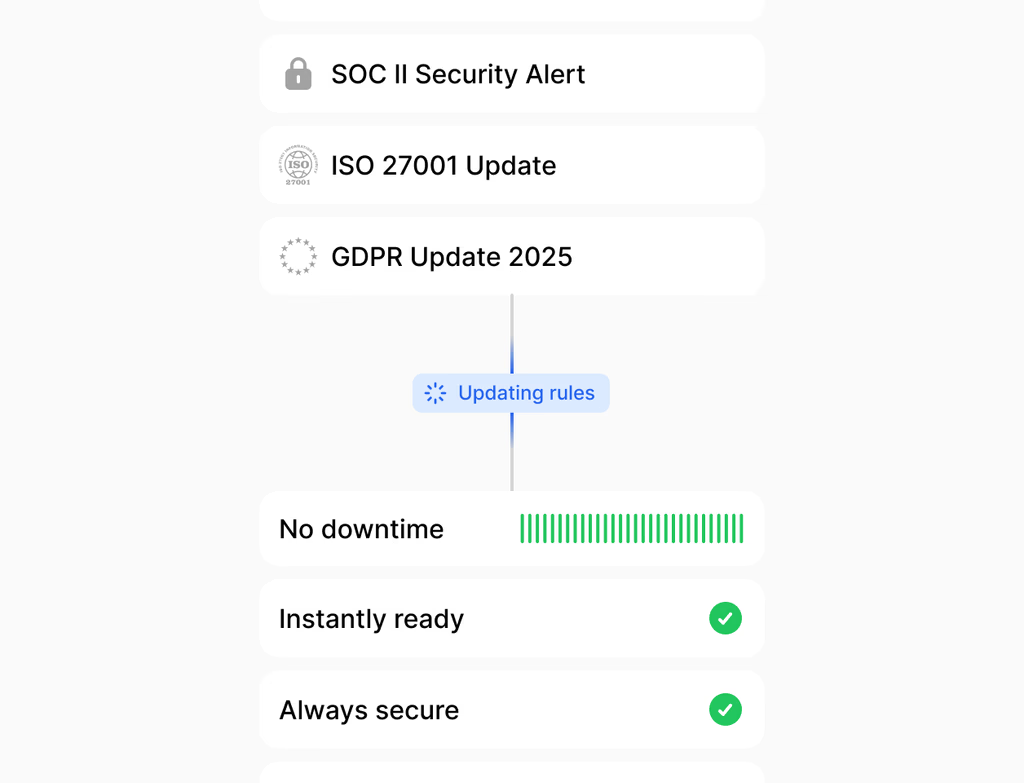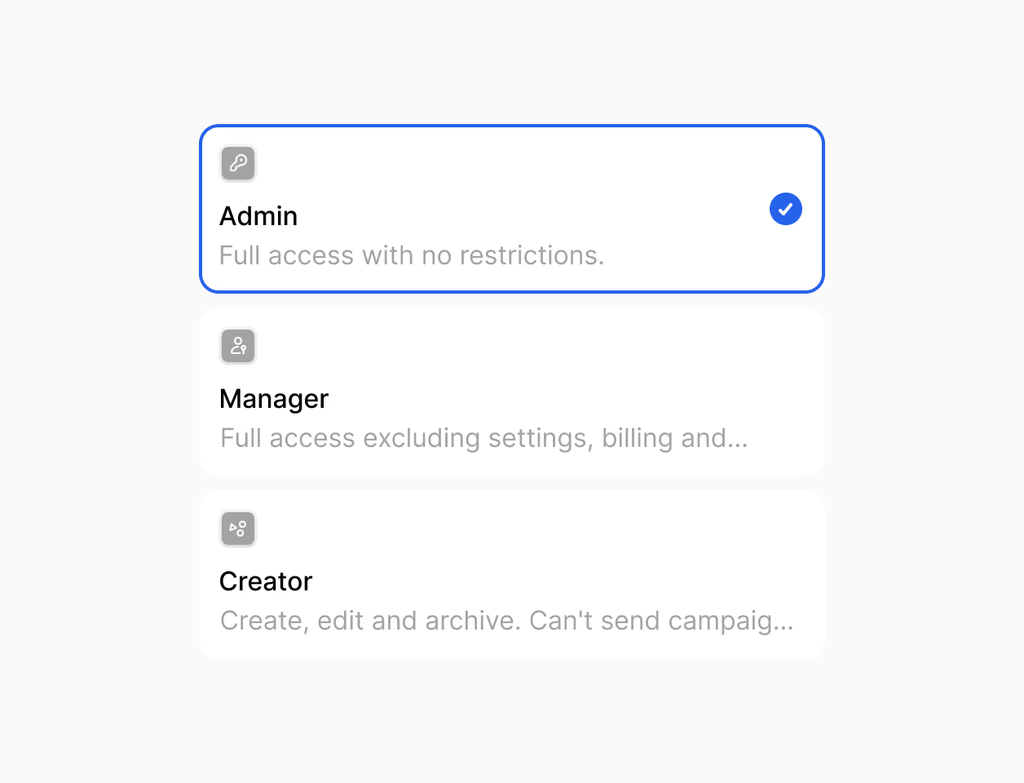What is the Sensitive Data feature and who benefits from it?
The Sensitive Data feature in Hoop is designed to help organizations securely store and manage crucial customer information that falls under regulatory requirements. This includes health records, financial details, or personal identification. It ensures that this data remains both safe and useful for business operations while maintaining strict compliance standards.
This feature is essential for any company handling private customer data, especially those in regulated industries like finance and healthcare. It is particularly useful for privacy, legal, and compliance teams, alongside sales and operations, who need to access specific data points while limiting exposure across the organization.
How does the Sensitive Data feature manage access and control?
Hoop manages access by implementing granular, multi-layered permissions that dictate who can view, edit, or export specific data. You can control data exposure at the property level and also segment records based on team, territory, or customer segment. This ensures that only authorized personnel have the necessary access, minimizing risk.
The key controls include:
- Property-level view and edit permissions.
- Record partitioning across teams and regions.
- Export controls with download logs for full traceability.
By using these controls, teams can effectively use sensitive data for operations, reporting, and sales processes without accidentally exposing confidential information.
What is required to set up Sensitive Data protection in Hoop?
Setting up Sensitive Data protection involves defining which fields are sensitive and configuring the necessary access rules and compliance settings. You begin by classifying specific properties within your customer records as sensitive. Next, configure role-based and property-level permissions to restrict visibility and edit access for different user groups.
Hoop also requires you to establish key compliance parameters, such as configuring lawful basis capture for consent management and setting up required fields for data minimization. Initial setup can be completed quickly, and the immediate benefit is enhanced security and a demonstrable step toward regulatory compliance.
Which Hoop pricing plans include access to Sensitive Data functionality?
The Sensitive Data feature is available across multiple Hoop plans, offering varying levels of capability and support depending on your organization’s needs and scale. It is foundational to operating a compliant customer platform.
- The core plan includes basic data minimization and required fields.
- The pro plan adds more advanced features like property-level permissions and audit logs for sensitive changes.
- The enterprise plan offers the full suite of governance tools, including advanced partitioning, watermarking, and comprehensive, shareable audit logs for external regulators.
Customers requiring the most rigorous compliance and data governance should select the enterprise tier to access all protective measures.
How does Hoop ensure data privacy compliance and the right to be forgotten?
Hoop operationalizes data privacy by providing tools for lawful basis collection, subscription management, and supporting data subject rights requests. The platform allows you to store detailed records of consent and manage subscription preferences for every contact. This ensures all communication is compliant with regional regulations.
Furthermore, Hoop fully supports the Right to be Forgotten. The platform provides a traceable, auditable process for handling deletion and export requests, guaranteeing that data removal is complete and verifiable for auditors. This commitment to traceability and robust consent practices makes compliance manageable.
Can automation workflows still process masked sensitive fields?
Yes, masking sensitive fields in the user interface does not affect the platform's ability to process and evaluate that data within automation workflows. Workflows function independently of the UI masking applied to user roles.
For instance, an automation workflow can check a sensitive field to determine eligibility for a specific service or to route a customer request, without exposing the raw data to the workflow creator or operators in the Hoop UI. This allows companies to maintain high levels of process efficiency while adhering to strict data security standards and preventing data leaks.
What tools does Hoop offer to detect and prevent data access drift?
Hoop provides a suite of monitoring and enforcement tools to detect and prevent unauthorized changes or "drift" in sensitive data access configurations. This is crucial for maintaining a strong security posture over time. These capabilities help proactively flag risky behavior and maintain governance.
- Field history and comprehensive audit logs track all sensitive changes.
- Workflows can flag risky updates or unusual access patterns in real-time.
- Owner and team rules reduce accidental exposure by enforcing consistent ownership.
By leveraging these audit and workflow features, organizations can ensure that their data access policies remain compliant and prevent accidental exposure of information.



.avif)





